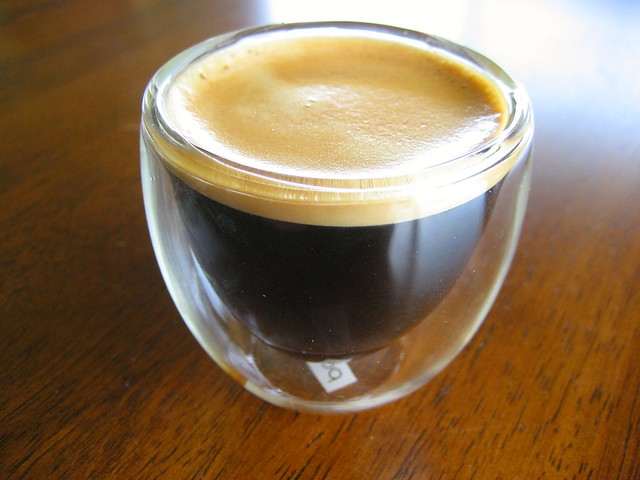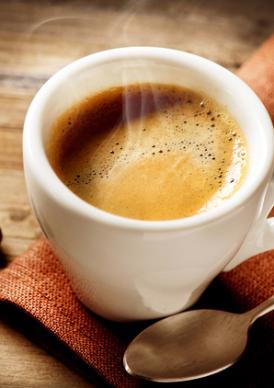After getting up, a cup of coffee is the best thing in the morning to wake up. But do you prefer regular coffee or would a strong espresso be a better choice? What exactly is the difference between coffee and espresso? It’s both coffee… isn’t it?
One bean – many differences! Coffee vs espresso

Even if at first glance these are just different ways of preparing our favorite bean, coffee and espresso have many differences. From the roasting time to the preparation: we will show you the differences between coffee and espresso!
Roasting time: Roasting has a huge impact on the inner workings of the beans. Espresso beans are much darker than coffee beans – and this also affects the development of the aroma. The longer the roasting lasts, the more acid is broken down within the bean. This is why espresso tastes milder than filter coffee. Coffee is roasted for about 10 to 15 minutes, espresso for 15 to 18 minutes and therefore significantly longer. Depending on the roast, the coffee bean is yellowish to medium brown. An espresso bean is dark brown and shiny because coffee oils escape during longer roasting.
Degree of grinding: The different degrees of grinding of coffee provide different results. For the preparation of filter coffee, depending on the method, choose a medium degree of grinding. Espresso powder is ground much finer than coffee powder.
Preparation: While the preparation of a filter coffee – whether machine or hand infusion – takes quite a long time (approx. 5 – 8 minutes), a maximum of 30 seconds are required for an espresso. The following applies to coffee: A cup of hot water dribbles through a spoonful of ground coffee in three to five minutes. The medium to coarse degree of grinding offers the water enough resistance for the long brewing time and can thus optimally combine with the acids, aromas and caffeine.
Espresso powder is ground much finer than coffee powder. With an espresso maker or a portafilter machine, the hot water is pressed through the espresso powder under high pressure for a short time. As the hot espresso runs into the cup, a creamy layer forms on the surface – the crema. The brewing temperature also differs: for coffee it is between 85°C and 91°C and for espresso it is approx. 92°C +/- 2°C.
Caffeine content: Let’s come to the most important difference between coffee and espresso – the caffeine content. At the same time, we uncover a myth here: espresso has, only relatively speaking, more caffeine than coffee. 100 ml of espresso contains over 100 mg of caffeine – in the same amount of coffee, on the other hand, there are just 80 mg. But it’s the amount you drink that counts: if you drink a whole cup of coffee, you’ll end up absorbing more caffeine than with a small cup of espresso.
Last but not least, coffee and espresso not only taste different – they also work differently. A cup of espresso tastes stronger than coffee because only a small amount of water (approx. 25 ml per espresso cup) is used. On the other hand, it contains fewer acids and is therefore easier on the stomach. This is not only due to the longer roasting, but also to the shorter brewing time.
Conclusion

The beans are the same, so the key difference between coffee and espresso is how long the beans roast. The different types of preparation, degree of grinding and brewing time also have an influence on the taste and effect. Coffee is the perfect way to start the morning, and the espresso is wonderful as a gentle pick-me-up after a meal.
